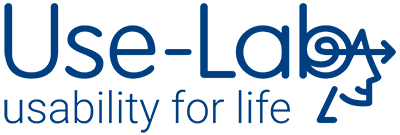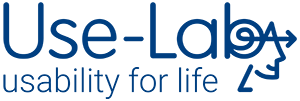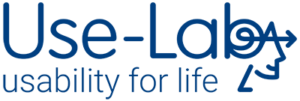New video and audio technology launched
End of the 90s until 2013
Our journey in video and audio technology began in the age of CRT screens and continued until the beginning of the flat screen era, at that time still in the rooms of the University of Applied Sciences Münster:
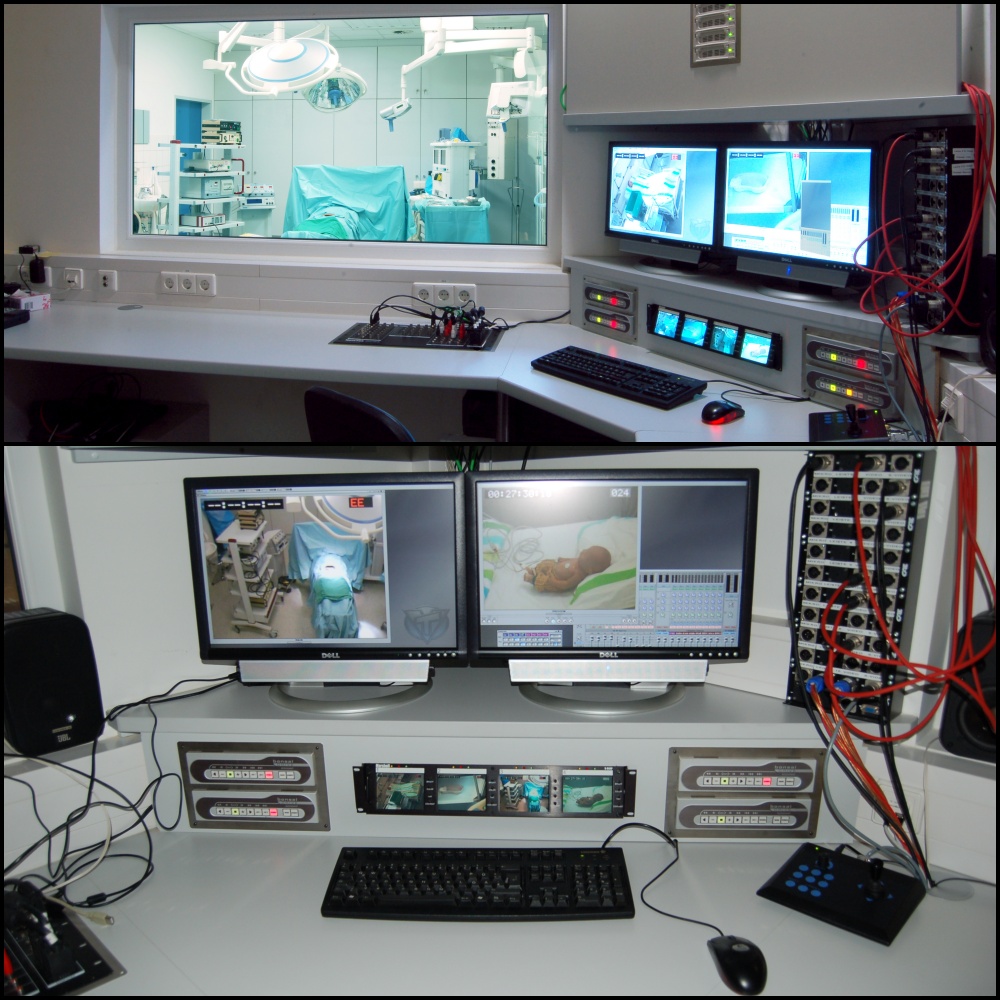
Back then, there were clear technical requirements and unambiguous specifications for connecting video technology and displaying image signals, as well as for recording and playback of sound. newer technology solutions had already been added, but the core was the classic audio and video cabling.
Moving in 2013:
After our move in 2013 to our own offices in the “Gründer Innovationspark Steinfurt III” (GRIPS III), there were new technical challenges: What video technology do we want to use? The technical options were now more diverse, there was better technology almost every year and different technical standards to consider – from transmission via Lan cable, HDMI or USB? What about streaming? It turned out that even 12 years after Use-Lab was founded, there was no “off-the-shelf” usability lab and we still had to work out and develop many things ourselves.
So we created an audio and video setup that originated from the video surveillance industry and was implemented with a great deal of effort from our employees. However, the usability was not yet seamless:
- Is the microphone’s input line connected to the correct output of the technology?
- Is the PTZ camera connected to the correct Lan socket?
- Is the video and audio output set correctly for the observers in the observation room?
- Have the videos already been exported from the recording program to our server structure?
The combination of software and hardware control did not always make it easy for us. Due to the increasing requirements and new possibilities, the system had to be expanded again: Even more software was added to control and integrate newer cameras. Over time, however, it became confusing. And that was the reason it came to the urgently needed update of our video and audio technology.
Our colleagues Michael and Thore started with a requirements analysis:
- Who mainly operates the technology now?
- What are the most annoying interactions, are there any problems?
- What is the common consensus for user interaction?
- Which of the retrofitted solutions should now be permanently installed or must be taken into account in the new planning?
- What do customers need?
This resulted in requirements for the video cameras, the audio sources, the recording system for the video and audio signals, the streaming and requirements for the use of mobile solutions, for example when conducting studies outside our own test laboratory.
These requirements had to be discussed with all relevant parties: starting with the management, who set the budget and naturally also wanted to ensure that the solution would ultimately satisfy employees and customers and not become obsolete after just a few years, through to those who would ultimately operate the devices.
This was followed by a search for providers, because this time we couldn’t manage the project alone. And this is where the first delays occurred; although we had found a partner, there were already initial delays in the delivery of materials from his suppliers. When this arrived, the installation team was on sick leave. These are all challenges that have plagued many industries for years. But once these hurdles had been overcome and compromises found, there was great joy in the end and our premises could be updated:
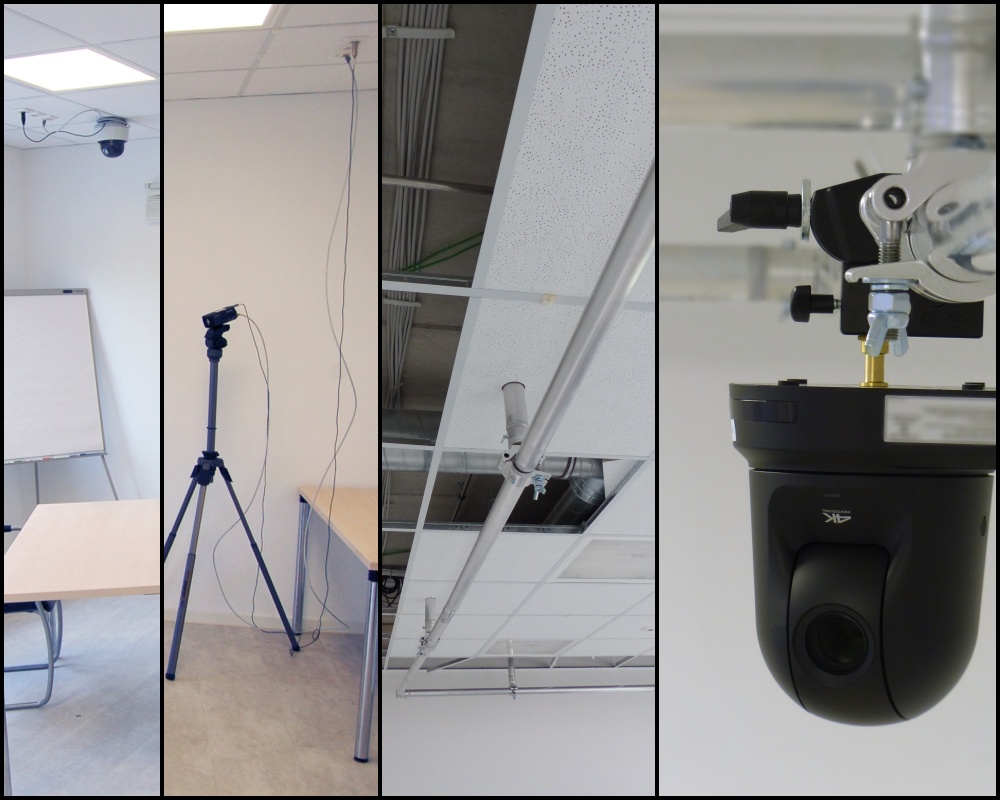
The first noticeable change was the installation of a new truss, which not only allows the cameras to be securely mounted anywhere in the room, but also enables clever cable routing.
The various cables were also extended during this process and provided with new connection options so that cameras can be connected at various points:
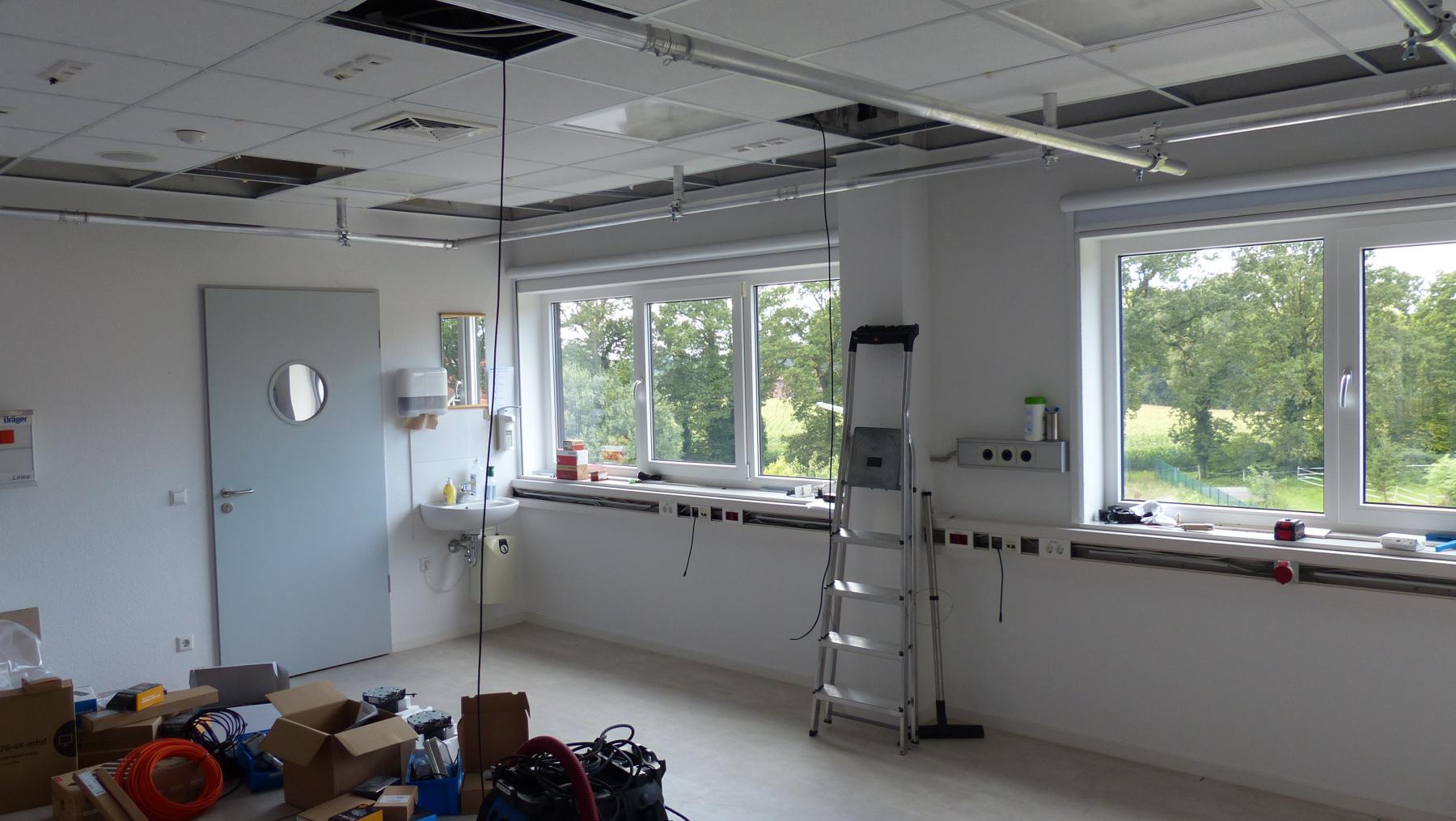
The new centerpiece for operation is now a control system that enables the test personnel to pan the cameras into predefined scenes, control sounds and playback or fulfill other programmable wishes even during the test sessions in the room – a dream for everyone who moderates usability tests!
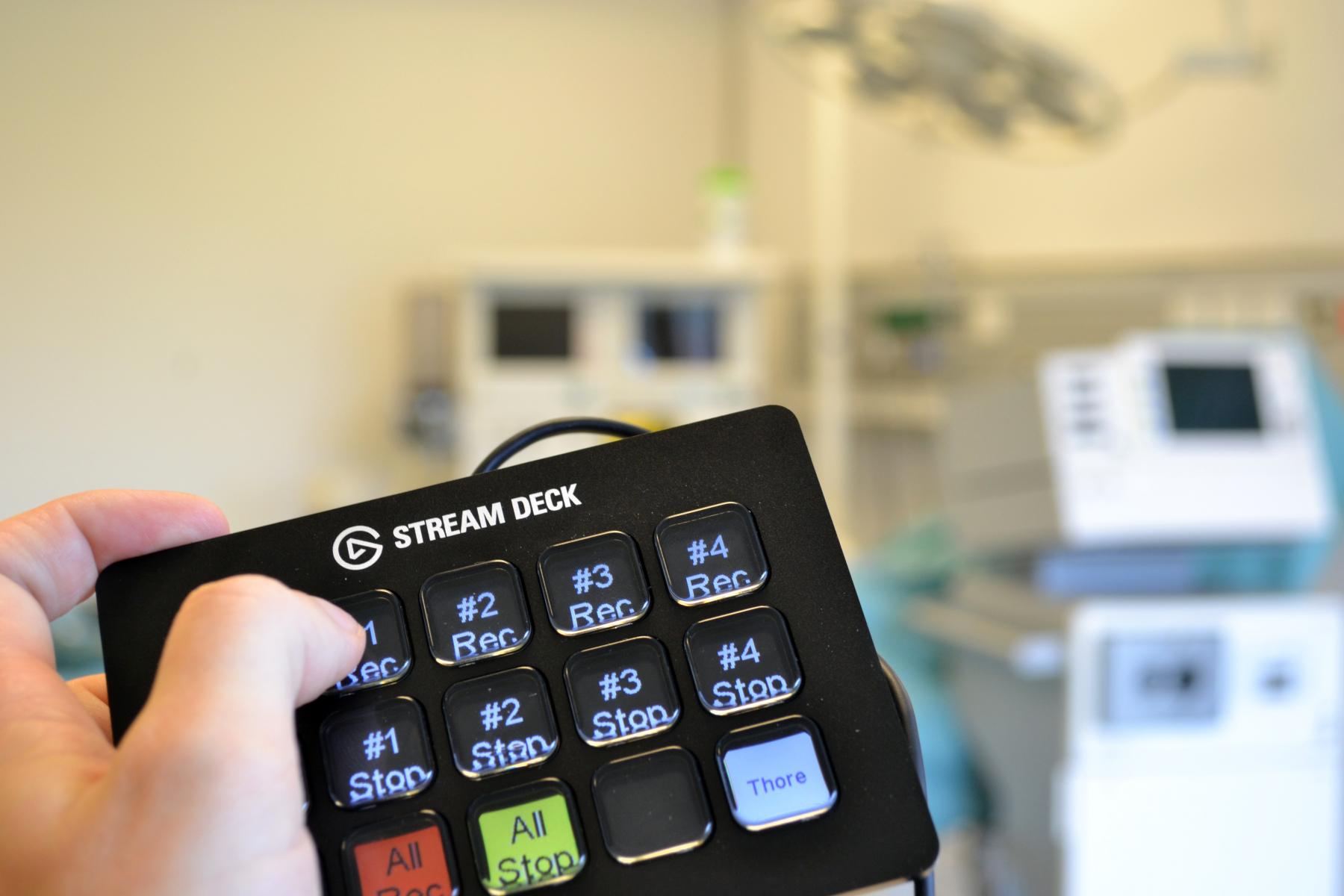
As it’s usual an iterative process to develop something, further possibilities and ideas naturally emerged, which were discussed in consultation with the project management and implemented if they offered a corresponding benefit for all interest groups and were within budget.
For example, the conversion enabled us to eliminate various manual steps and the associated potential operating errors that could occur in the old system through inherent safe design and manufacture:
The system no longer requires you to initiate the export of videos at the end of a study; this happens automatically – embedded in our system structure. In the test room, the test personnel can no longer forget to switch on the light signal at the entrance to the test room, as it is now linked to the start of the video recording. Assigning the correct video sources has also become easier and more comprehensible for everyone.
The update has improved the video quality for our customers – we can make 4K recordings if required. In the observation room, in addition to a large screen, there is now another small observation screen directly on the table to improve ergonomics and observation. This makes it easy to observe from other perspectives without having to change the viewing direction.
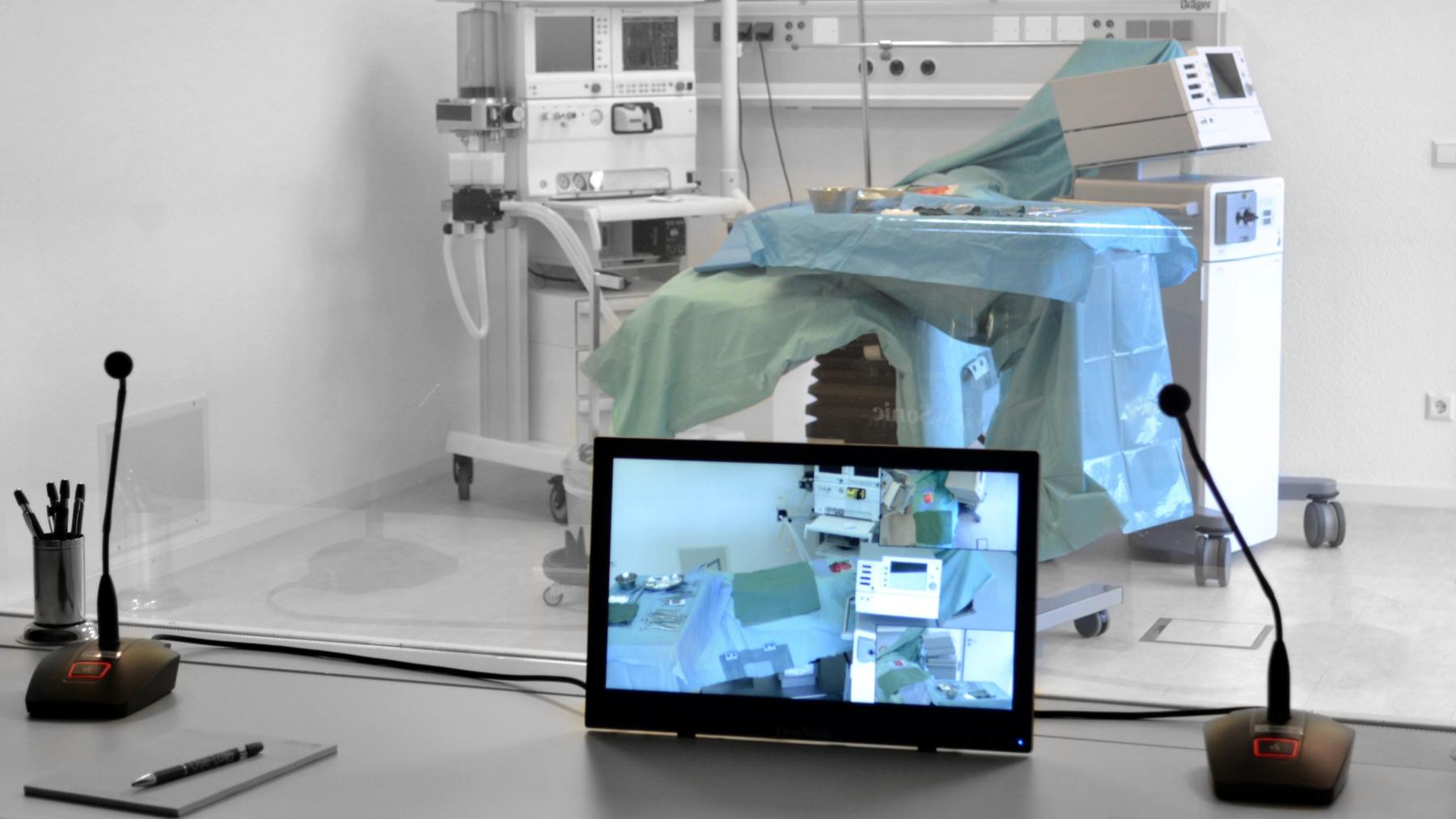
The microphones can also be used to give instructions to the test personnel via in-ear headphones. Translators can accompany the test session simultaneously in the observation room or from another room.
In this project, our employees have shown that they are not only able to carry out project work for our customers – Use-Lab also benefits from their skills internally.
We are very proud that our new audio and video recording technology is finally ready and running. Different camera positions, free image composition, recordings in up to 4k, multi-language recordings, secure web streaming for project teams all over the world: and all this can be operated with just a few interactions!
